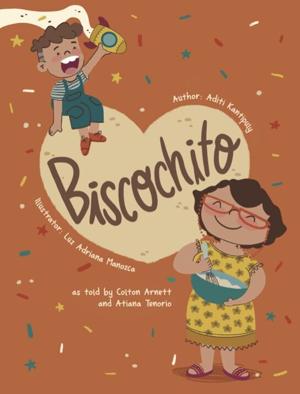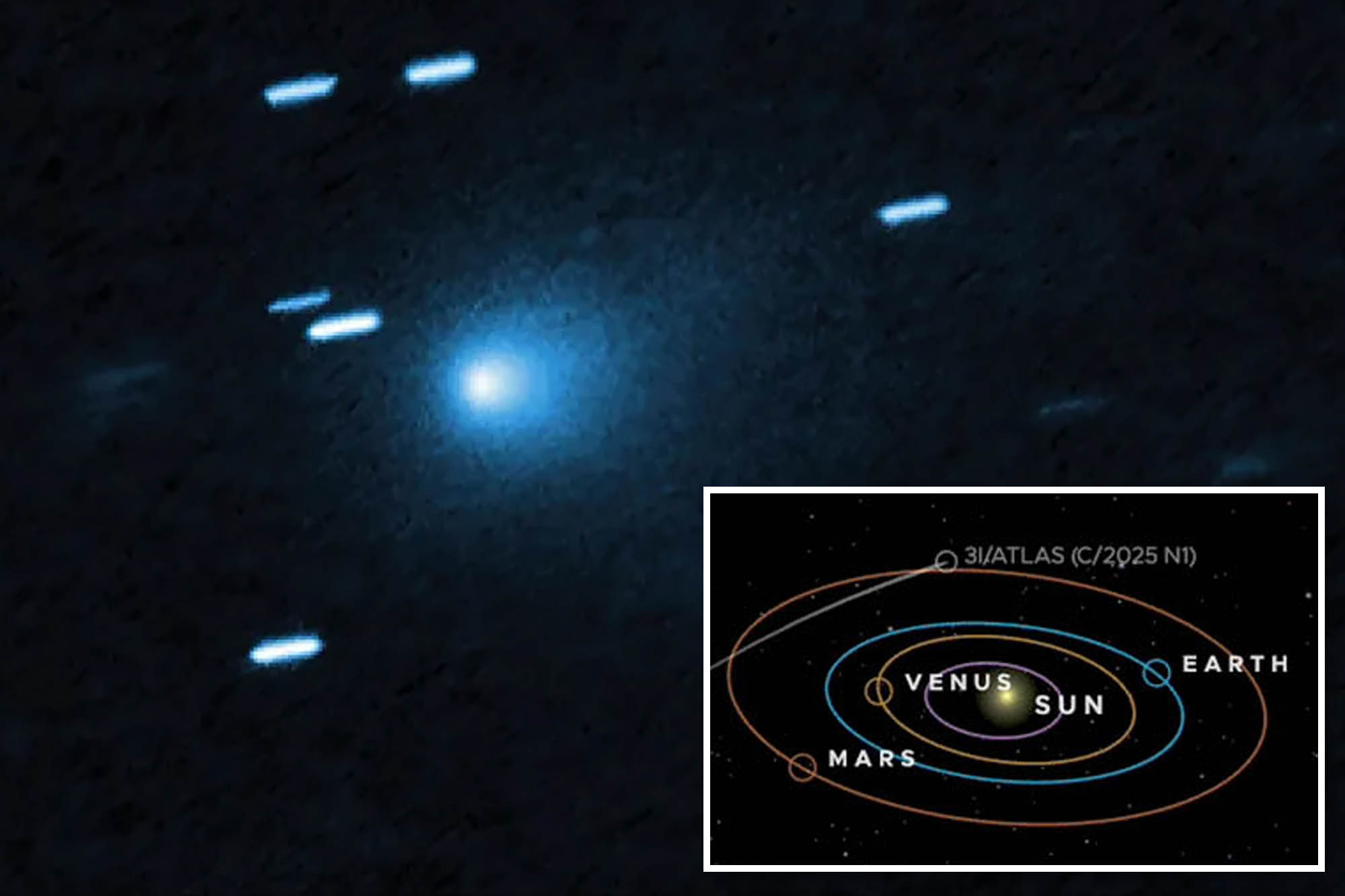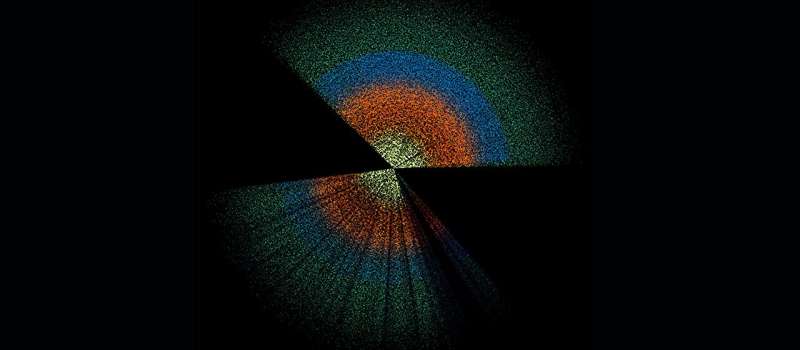Aditi Kantipuly has combined her medical expertise and creative talent to address a rare genetic disorder through a children’s book. Her publication, titled Biscochito, aims to educate young readers about cerebral cavernous malformation (CCM), a condition characterized by clusters of abnormally formed blood vessels in the brain and spinal cord. This disorder can lead to chronic headaches, seizures, and stroke-like symptoms, and is notably more prevalent in New Mexico than in other regions of the United States.
Kantipuly is currently training in preventive medicine at a Canadian university and advocates for using various storytelling mediums—such as art and music—to make complex scientific concepts more accessible. In her book, she narrates the story of a grandmother with CCM who shares her experiences with her grandson while they bake biscochitos, a traditional New Mexican cookie. Each cookie in the narrative serves as a vehicle for disseminating information about the condition, allowing the subject matter to be presented in a family-friendly format.
Published in 2023, Biscochito was developed with input from a group of CCM patients in New Mexico. Kantipuly emphasized the importance of involving those affected by the disorder in the creation process, stating, “The way that the narrative evolved was through conversations with the support group and myself.” This collaboration ensured that the book accurately represented the experiences of those living with CCM.
The initiative to write Biscochito began when Kantipuly sought funding through the Rare Disease Diversity Coalition, which addresses the challenges faced by underserved populations with rare diseases. The coalition connected her with the Alliance to Cure Cavernous Malformation, where she delved into the genetic history of CCM in New Mexico. A significant revelation was that biscochitos are the official state cookie, a cultural touchpoint that Kantipuly felt vital for the storytelling process.
Kantipuly also collaborated with the New Mexico Public Education Department, which distributed copies of the book to 50 elementary schools in the state. Anne Marlow-Geter, manager of the agency’s Safe and Healthy Schools Bureau, highlighted the book’s role in enhancing awareness about CCM among students and families.
The impact of Biscochito has been particularly significant for families like that of Sakura Tafoya, an 8-year-old CCM patient from Santa Fe. Her father, Jared Tafoya, shared that they have two copies of the book—one for home and one for the school library. Sakura read the story to her class last year, helping to foster understanding among her peers. “The whole thing behind the book is, CCM is like a legacy,” Jared Tafoya remarked.
Kantipuly’s approach exemplifies the potential of literature to bridge gaps between science and the public. By transforming complex medical information into an engaging story, she hopes to empower families affected by rare diseases and promote a greater understanding of their challenges. As Biscochito continues to reach schools and homes, it serves as a vital resource in the conversation around CCM and its implications for those living with the disorder.







